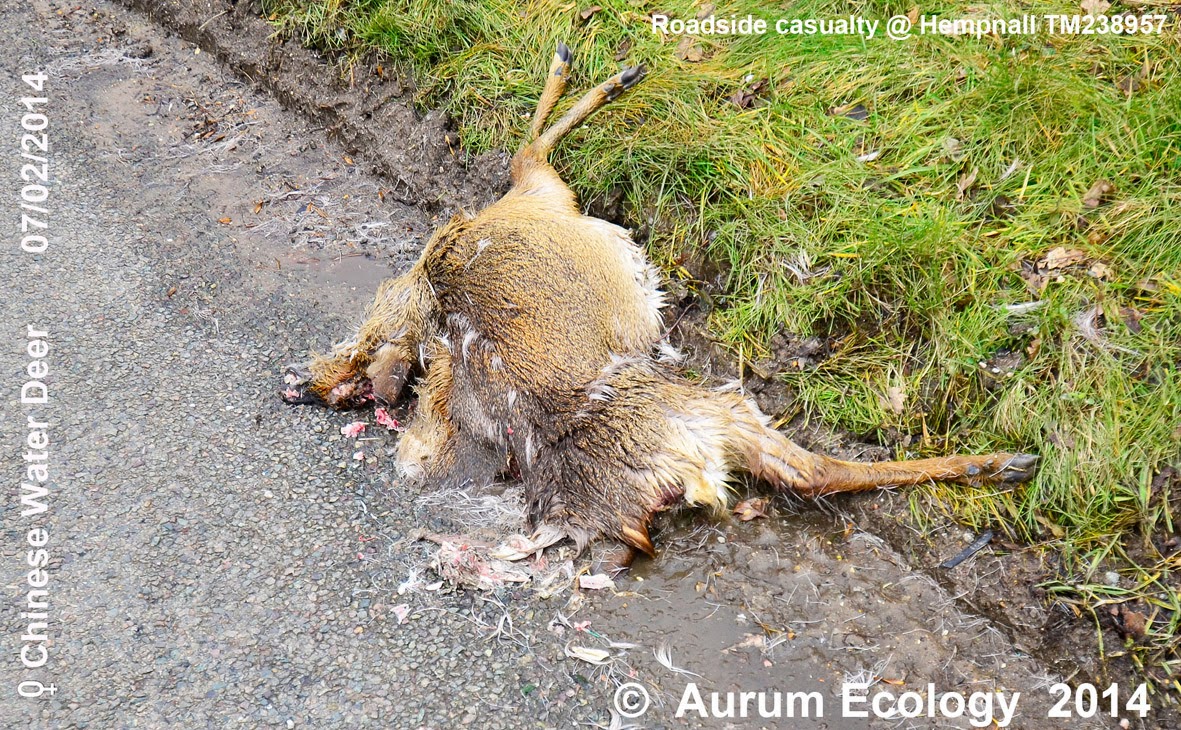I was recently interviewed by the Eastern Daily Press and the Yarmouth Advertiser and asked to comment on the European Environment Agency research which claims that the total number of bats has increased by 43% from 1993 to 2011.
In the study the team counted bats at 6,000 sites in Austria, Germany, Hungary, Latvia, the Netherlands, Portugal, Slovakia, Slovenia and the UK.
This was reported in many newspapers including:
http://www.theguardian.com/environment/2014/jan/30/european-bat-population-rises
If this is really factual, it masks the continuing drop in bat populations across East Anglia which should be of concern to bat conservationists.
Of course it may have been issued to try to justify the time and money spent by various organisations now involved with bats.
The article is shown below:
Sunday, 9 February 2014
Deceased Record
It is always sad to see a large animal or any bird killed on our Norfolk and Suffolk roads, although this is a less common occurrence than 20 or 30 years ago, as our East Anglian wildlife has generally diminished in terms of biomass.
However, something can be salvaged from such a sad occurrence if the deceased animal expands our knowledge of animals in that area, and the find is properly recorded.
Such an occurrence happened this week when a Chinese Water Deer was found dead beside a country lane in the parish of Hempnall in South Norfolk.
The record has been sent to the Norfolk Biodiversity Information Service for adding the wildlife database that they maintain.
Although this species is now widespread and frequent in the Norfolk broads and along many of our river valleys, it has been spreading out into farmland too, into areas where Muntjac Deer might be expected instead (or now, as well as).
The body of evidence is shown below - a young female.
However, something can be salvaged from such a sad occurrence if the deceased animal expands our knowledge of animals in that area, and the find is properly recorded.
Such an occurrence happened this week when a Chinese Water Deer was found dead beside a country lane in the parish of Hempnall in South Norfolk.
The record has been sent to the Norfolk Biodiversity Information Service for adding the wildlife database that they maintain.
Although this species is now widespread and frequent in the Norfolk broads and along many of our river valleys, it has been spreading out into farmland too, into areas where Muntjac Deer might be expected instead (or now, as well as).
The body of evidence is shown below - a young female.
Subscribe to:
Posts (Atom)

